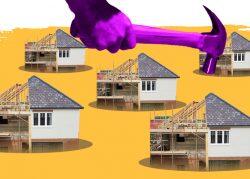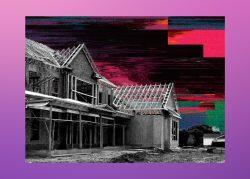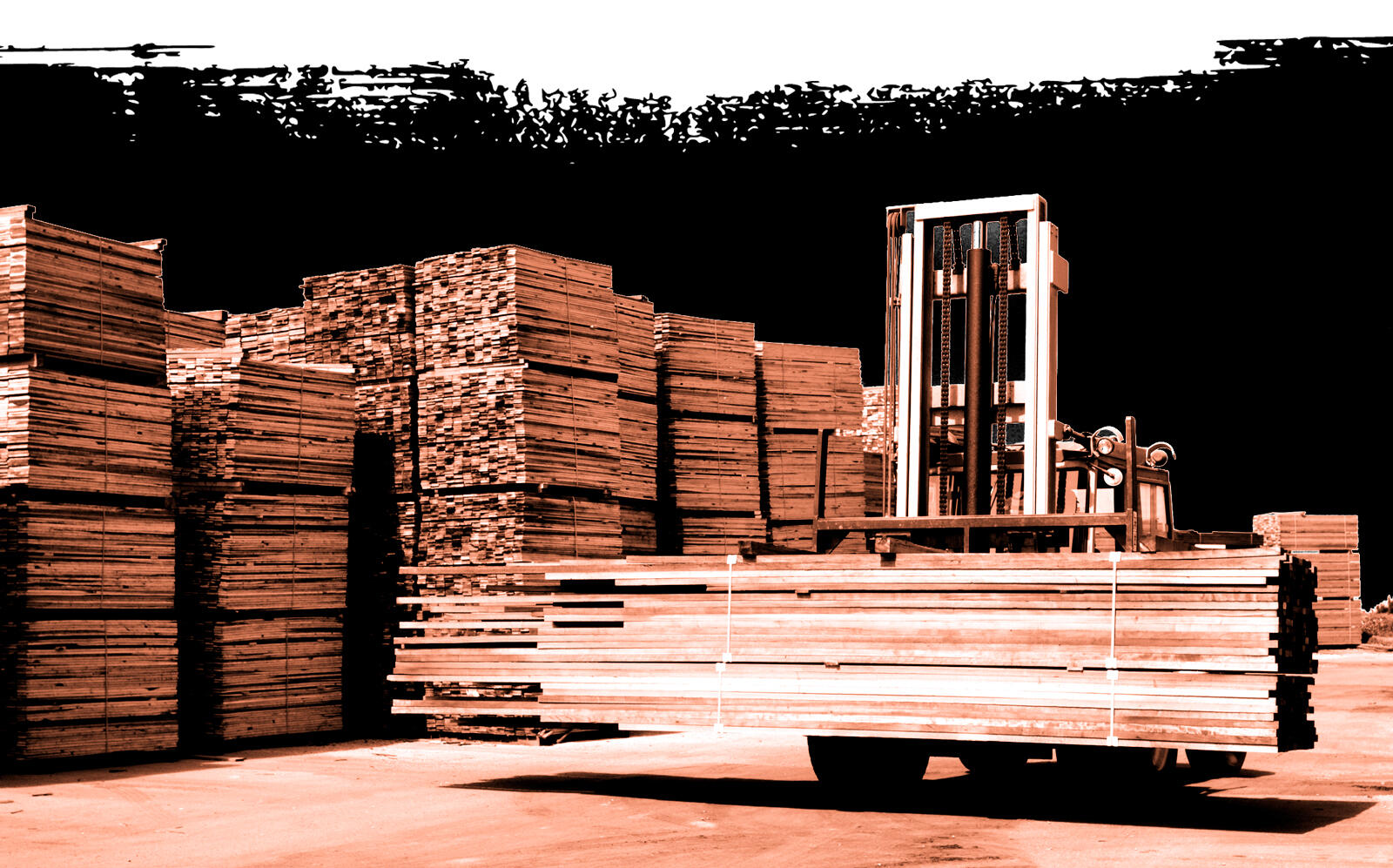For the first time this year, homebuilders received a respite from rising materials costs.
The producer price index dropped nearly 1 percent in August for residential construction goods, excluding energy costs, according to the Bureau of Labor Statistics. Last month marked the first decline in construction material costs in 2021, according to Inman.
August was also the second consecutive month that saw price growth for the relevant goods either slow or decline. It’s a relief for homebuilders, who have grappled with higher costs as they struggle to meet a boom in demand for new homes.
The price drops are significant, but construction materials are still 14 percent pricier than they were at the end of 2020. Steel-mill product prices rose 5 percent from July to August and are more than double last year’s levels. Ready-mix concrete prices, meanwhile, were up just under 2 percent from the previous month. Drywall prices remained stable over the month, though they have skyrocketed over the past year.
Softwood lumber, which has been on a roller coaster ride all year, is driving the overall dip in costs. Prices for the material have been sawed in half since topping out in May 2021. Still, the price for softwood lumber is 24 percent higher than pre-pandemic levels in February 2020.
The homebuilding industry continues to face other challenges, such as labor shortages. Meanwhile, the gulf between home supply and demand continues to grow: U.S. Census numbers show 12.3 million households were formed from January 2012 to June 2021, but only 7 million single-family homes were built during that period. A Realtor.com analysis shows that the gap – 5.2 million – is 1.4 million higher than it was in 2019.
Read more


[Inman] — Holden Walter-Warner
